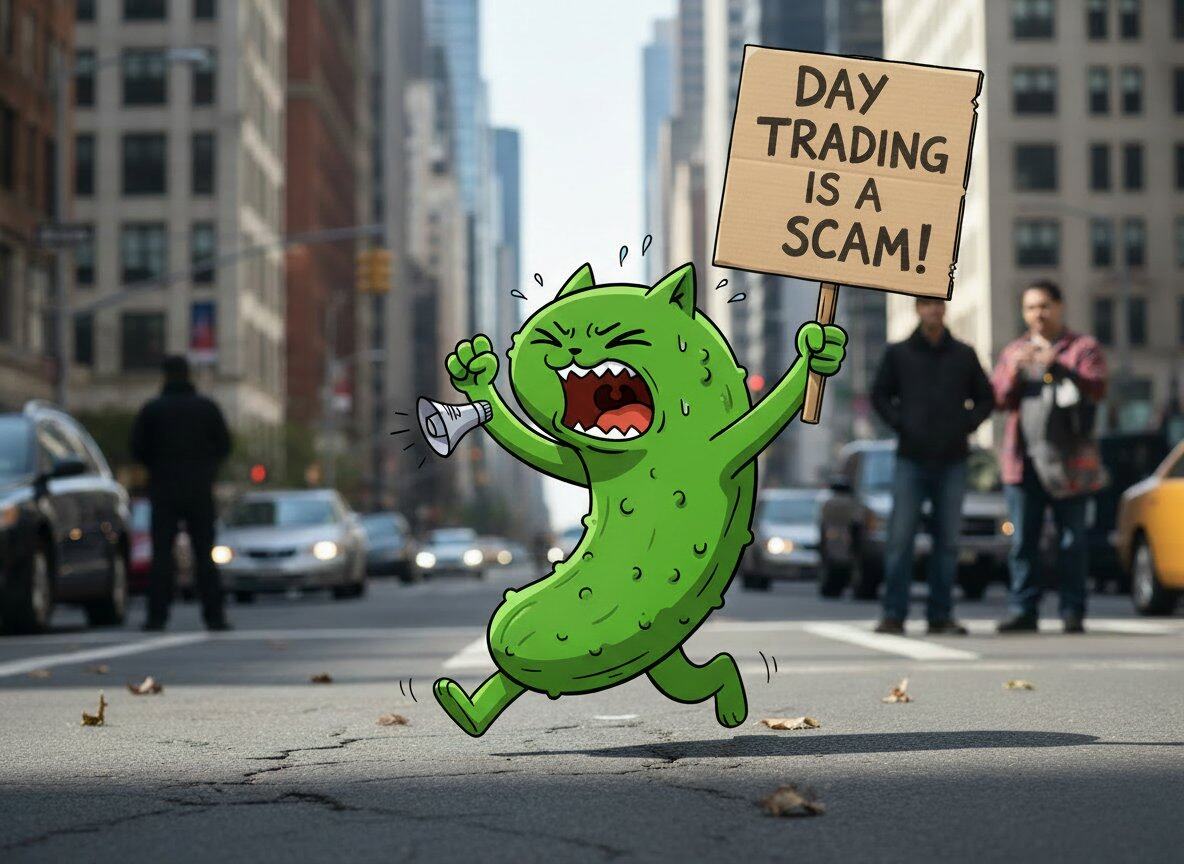Gold Rush vs Crypto Dormancy: Has the Real Crypto Bull Market Yet to Begin?
- 核心观点:当前各类资产表现符合宏观逻辑。
- 关键要素:
- 黄金因去美元化趋势大涨。
- 美股由被动资金驱动慢涨。
- 美房市受高利率冻结流动性。
- 市场影响:加密牛市需待流动性释放。
- 时效性标注:中期影响。
Original author: rektdiomedes
Original translation: Chopper, Foresight News
If you can examine the global macro market rationally, you will find that the current market performance is actually completely logical and there is nothing abnormal.
Gold's surge: far outpacing the stock market and cryptocurrencies, driven by a shift away from the dollar as a global reserve asset
Gold is experiencing a resounding rally, outperforming not only the stock market but also cryptocurrencies. This phenomenon is driven by a shift in asset allocation among major sovereign nations: China, India, Russia, and even the United States itself are all significantly increasing their gold holdings. Essentially, this is a clear signal of a gradual shift away from US Treasury bonds as a global reserve asset.
Two key events triggered this shift:
- The United States's long-term profligate fiscal policy has continuously undermined the credit foundation of the US dollar;
- The US move to freeze Russia's foreign exchange and treasury bond reserves several years ago completely shattered the illusion that "US Treasury bonds are neutral reserve assets" and made countries aware of the potential risks of holding US dollar assets.
Doomberg, Luke Gromen, and other leading macroeconomic analysts have delved deeply into this trend. From a game theory perspective, after witnessing the US's arbitrary freezing of foreign assets, Russia, China, and India will inevitably make the rational choice of increasing their gold holdings and reducing their US Treasury bond holdings. After all, no one wants to have their assets subject to the policies of another country.
The slow rise of US stocks: not madness, but a self-circulation driven by passive funds
Although the U.S. stock market is rising, it has not fallen into irrational frenzy, and the increase has always been in a relatively restrained range.
The core logic behind this is that the US stock market has evolved into a self-circulating market driven by passive capital. Mike Green has repeatedly emphasized this point for years. Today, every average 9-to-5 American automatically invests their retirement savings into mainstream index funds like the S&P 500 every month. This rigid inflow of funds continues regardless of market valuations or the economic environment. Over the long term, this passive allocation will naturally support the stock market's slow upward trend.
Furthermore, the US stock market is gradually becoming a core hub for global capital. As the global economy increasingly moves online, the US stock market, with its mature institutions, ample liquidity, and comprehensive exit mechanisms, has become the world's best venue for capital formation. Global giants such as Amazon, Nvidia, Apple, and Microsoft have established a presence there, further solidifying the US stock market's global dominance. This pattern is likely to persist until cryptocurrency becomes the "global next-generation hub for capital formation."
US Housing Market Frozen: $37 Trillion in Equity "Is Visible but Intangible"—High Interest Rates Are the Culprit
The current U.S. residential real estate market is frozen by high interest rates. Despite the market containing $37 trillion in equity value, this wealth is almost completely unattainable.
The reason is straightforward:
- No one wants to refinance at a higher rate than the current one. After all, current mortgage rates are much higher than the lows of previous years, and refinancing will only increase costs.
- No one wants to sell their current home and then apply for a new mortgage at a higher interest rate, which will increase the cost of changing homes dramatically. It is better to hold on to the home and wait and see.
- No one is willing to apply for a home equity line of credit at an outrageous double-digit interest rate; the high interest rate is enough to discourage most people.
In short, the U.S. housing market, under high interest rates, has become a liquidity trap: there seems to be a huge amount of equity, but no one can easily liquidate it.
Cryptocurrency: Rebound from 2022 lows, but bull market hasn't started yet
In 2022, cryptocurrencies hit a cyclical low due to multiple setbacks, including the Federal Reserve's interest rate hikes, the Luna crash, and the FTX debacle. While they have rebounded, overall prices remain relatively stable—neither a wild surge nor a sustained plunge.
In terms of scale, the current cryptocurrency market has expanded by about 25% from its peak in 2021, but it is still less than the market value of Nvidia alone, and is only 1/10 of the market value of gold.
The core reason why there was no big bull market like that in 2021 was that there was no large-scale injection of macro liquidity.
Many attribute the 2021 bull market to investment demand fueled by the pandemic and stay-at-home orders, but I've always believed the real driving force was the massive monetization of equity in the US housing market. During the previous cycle, those "Cardano dads" who watched Hosk's YouTube videos and frantically hit the buy button on Coinbase largely invested in real estate: either selling their homes for cash, extracting equity through refinancing, or applying for home equity loans. It was this liquidity unlocked by the real estate market that fueled the 2021 crypto bull market.
Conclusion: The crypto bull market has not yet begun and may start in Q2 2026
Taking into account all the above macro factors, the current performance of various asset classes is completely logical and there is nothing abnormal.
Regarding cryptocurrencies specifically, my assessment is that the true bull market has yet to begin, and is expected to kick off in the second quarter of 2026. By then, the Federal Reserve will likely lower interest rates to a sufficiently low level, the US housing market will gradually "thaw," and the accumulated liquidity will flow back into risky assets.
If this prediction is correct, cryptocurrencies are expected to see a sustained strong rise in prices for about six quarters thereafter (i.e. around Q3 2027).
By the fourth quarter of 2027 or the first quarter of 2028, the bubble accumulated by the previous frenzy may burst. Coupled with policy uncertainty before the US election, the market may trigger a new round of sell-offs and enter a bear market cycle.
Therefore, I never think that the bull market in cryptocurrencies is over, because it hasn't even really begun. I will continue to increase my holdings on dips, deepen my investment in the industry, and keep a close eye on the market turning point in the second quarter of 2026.



